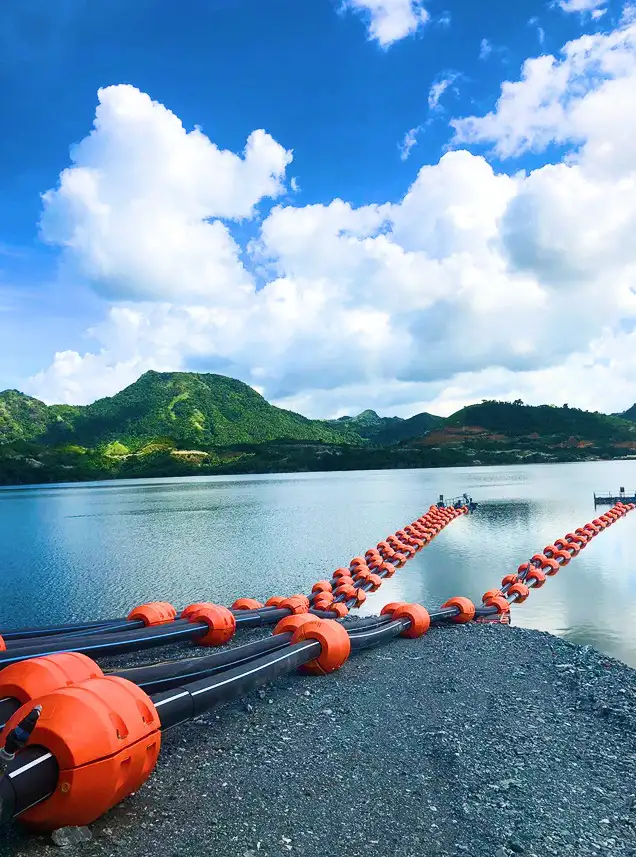
High-Density Polyethylene (HDPE) tubing, often referred to as HDPE pipe or simply PE pipe, has become a cornerstone material in modern mining operations. Its unique properties make it exceptionally well-suited to the challenging and often abrasive environments found in mines.
HDPE mining tube is a specific type of plastic pipe made from high-density polyethylene resin. These tubes are engineered to withstand the rigorous demands of mining, including transporting abrasive slurries, corrosive chemicals, water, and gases. A critical feature for mining applications is the incorporation of anti-static and flame-retardant additives to enhance safety in potentially explosive or flammable underground environments.
1. Excellent transportation capability: the inner side of the PE pipe is smooth and has litter abrasion and resistance. The absolute roughness k=1.01mm and “k” will not change with time.
2. Reliable joint capability: the intensity of the welded joint of PE pipes is above the pipe itself. The interface will not disconnect because of the moving of soil or the live load.
3. Reliable safety capability: PE pipe has strong capability of anti-cracking and is not prone to crack.
4. Better resistance to concussion capability: PE pipe possesses high toughness and can endure strong impact. Pressure of heavy things will not cause the pipe to break.
5. Strong toughness: PE pipe is a kind of pipe that possesses high toughness whose breaking elongation rate generally exceeds 500% and has strong ability to adapt to the uneven settlement of the pipe bending.
6. Excellent flexibility: PE pipe can be easy to change in accordance with the construction requirements. Small-diameter pipe is available to be supplied in coils.
7. Installation cost lower: light weight, easy handling and installing, simple welding technique and exemption of being embalmed result in low construction cost.
1.City water pipe network system.
2.Urban and rural drinking water pipeline .
3.Chemical industry, chemical fiber, food, forestry, printing and dyeing, pharmaceutical. light industry, paper-making, metallurgy Industrial pipeline.
4.Agricultural irrigation pipe.
HDPE mining tubes typically comply with national and international standards to ensure performance and safety. These may include:
ISO 4427: Polyethylene (PE) pipes for water supply.
ASTM International Standards: Various ASTM standards cover material specifications (e.g., ASTM D3350 for PE materials), pipe dimensions (e.g., ASTM D3035, F714), and joining procedures (e.g., ASTM F2620 for heat fusion).
Local Mining Safety Standards: Many countries have specific regulations for piping used in mines, particularly concerning flame retardancy and anti-static properties (e.g., MT588.1-2005 in China for coal mine plastic pipes).
Manufacturers also provide details on nominal outer diameter (DN), wall thickness (which determines pressure rating, often expressed as SDR - Standard Dimension Ratio), and material grades (e.g., PE80, PE100, PE100RC for enhanced crack resistance).
